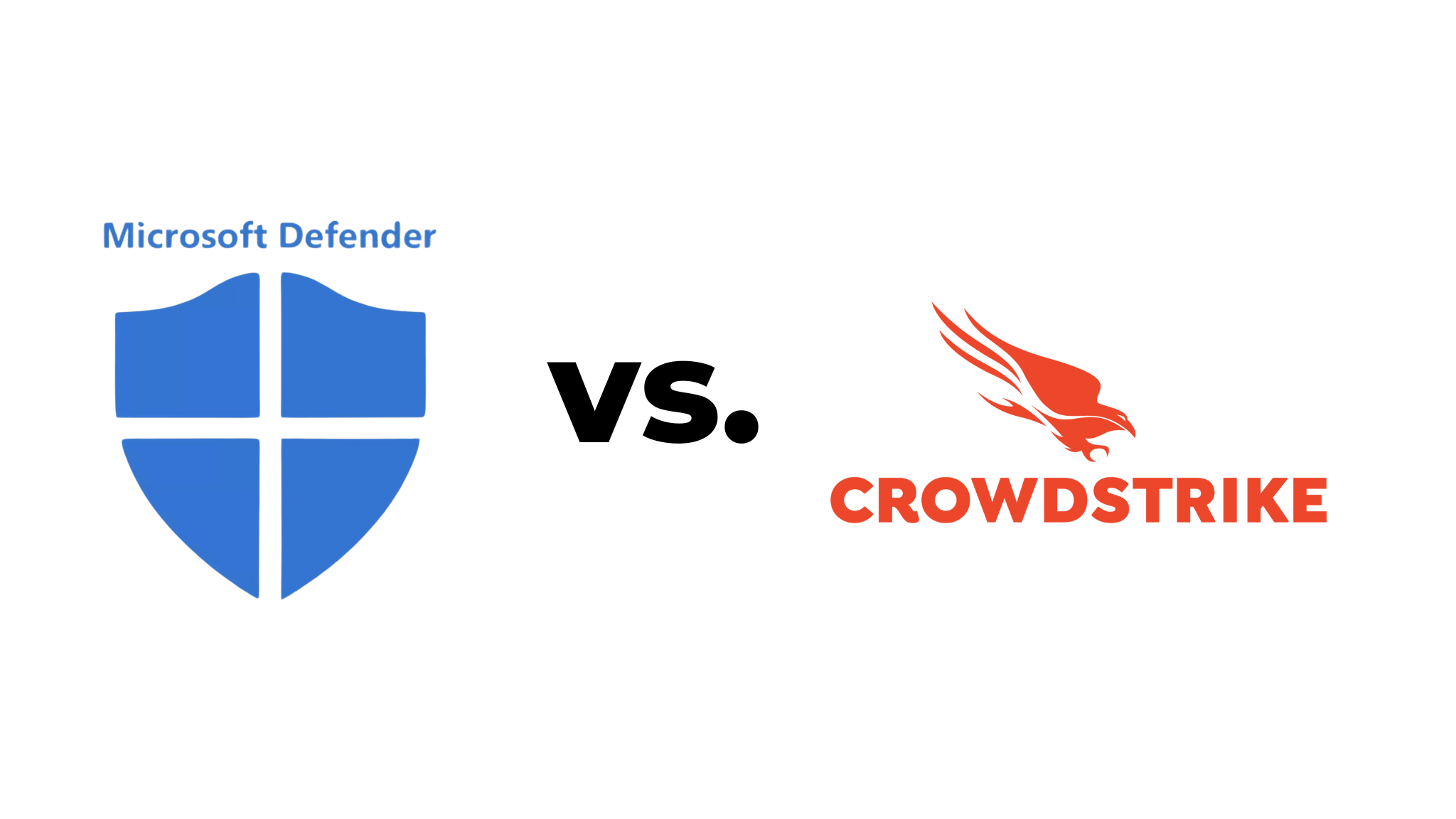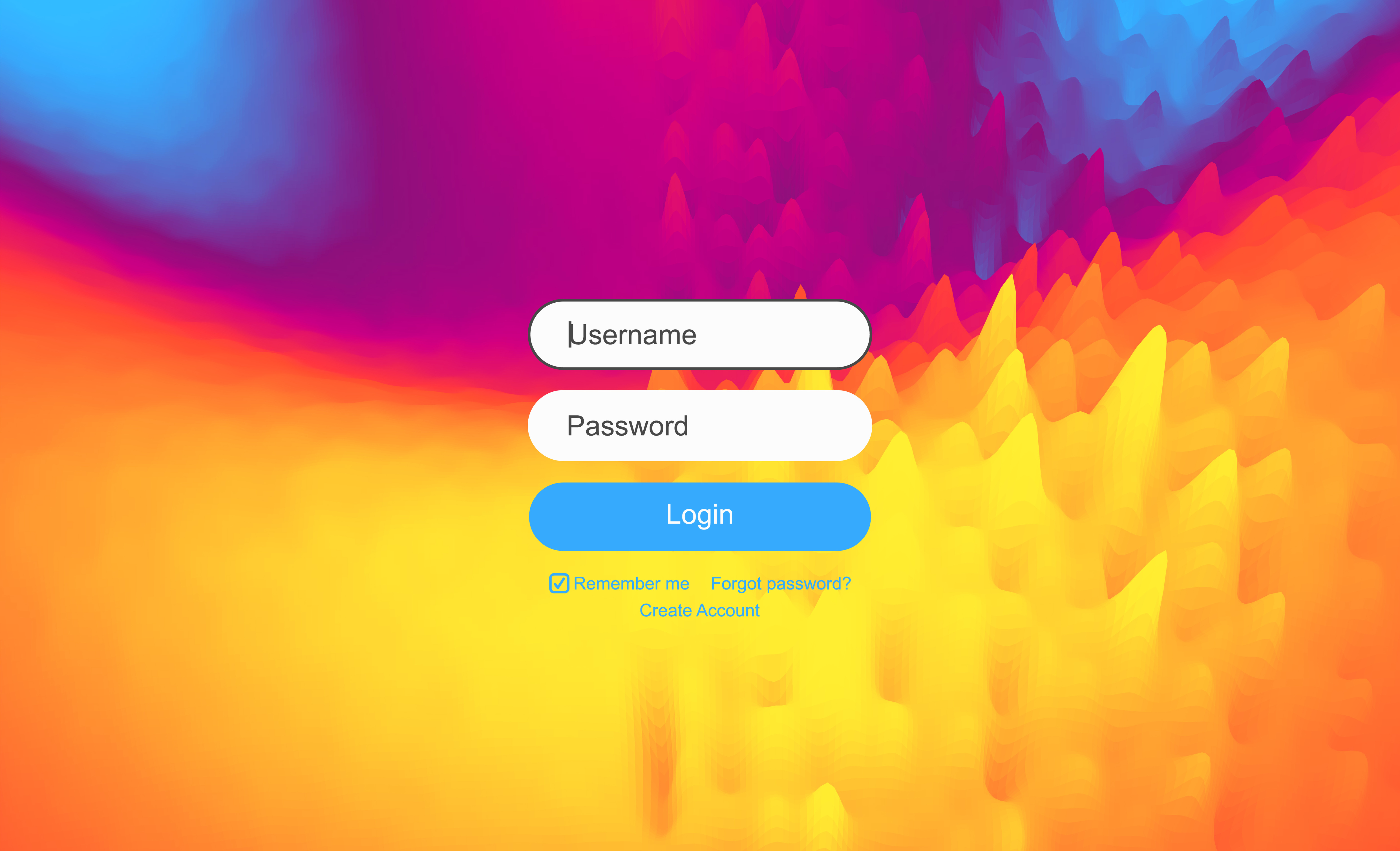
Companies are maturing their security posture by turning to Extended Detection and Response (XDR) solutions, like Microsoft 365 Defender (M365 Defender) for real-time monitoring and response.
M365 Defender has been improving its position in the security market. To assist customers when choosing between M365 Defender or CrowdStrike XDR solutions, we conducted an in-depth SWOT analysis.
Strengths
Microsoft 365 Defender
1. Integration: Defender management system, 36% Portal is closely integrated with broader Microsoft service offering. This is beneficial for customers relying on other Microsoft offerings like Azure, Office 365 and machines running Windows Operating Systems.
2. Advanced threat intelligence: M365 Defender utilises Microsoft's expansive threat dataset for advanced analysis and response capabilities. AI and machine learning technology leverages pattern and behavioural analysis for improved security.
3. Cost effectiveness: Microsoft provide bundled and tiered pricing models with the ability to leverage other Microsoft licenses, lowering the cost. The more your organisation relies on Microsoft service offerings, the more advantageous the solution.
4. Unified platform: M365 Defender acts as a scalable, cloud native XDR solution, forming a seamless and beneficial security platform for threat monitoring, analysis, and remediation across users, devices, apps, and infrastructure.
5. Vulnerability management: In the Security Centre Portal you can see all the App, OS and config vulnerabilities with full reference data and CVSS scores from all Defender installed endpoints. Saving investing in another 3rd party vulnerability management tool like Qualys or Tenable.
CrowdStrike XDR
1. Leading endpoint security: CrowdStrike are a well-established player in the endpoint security space. Their product suite is expanding, gathering a strong reputation in the industry.
2. Lightweight: CrowdStrike’s Falcon agent is well known in the market for its lightweight demands on the resources it monitors. While other agents can pressurise system resources while performing functions.
3. Scalable cloud solution: While most of XDR solutions have become cloud-native in recent years with the decline of on-premises infrastructure, CrowdStrike is known for its well architected and particularly scalable design, focusing on improved ease of deployment.
Weaknesses
Microsoft 365 Defender
1. Ease of setup: Microsoft has taken measures to improve Defender deployment with automation and compliance processes within its infrastructure. Deployment and configuration are a daunting task for an inexperienced IT professional, due to its integrations and configuration possibilities.
2. Interoperability challenges: M365 Defender is well integrated within the Microsoft ecosystem, whilst integrating with third party solution from outside this ecosystem can be convoluted and requires workarounds and intermediary solutions.
CrowdStrike XDR
1. Pricing: The cost of CrowdStrike is higher, it is reflective of the premium features they supply. Unfortunately, for many potential customers the cost can be too dear, especially for new customers looking to introduce this service.
2. SIEM integration: While M365 Defender gets free SIEM integration with Azure Sentinel, CrowdStrike XDR will require an additional license for SIEM solutions to achieve complete security event management.
Opportunities
Microsoft 365 Defender
1. Market penetration: Microsoft’s global availability means Defender is leveraged as a market leader; offering inbuilt, integrated, optimised and concise solutions to users.
2. Adoption of Cloud: Using Defender in Azure provides great opportunities for potential customers, with its well-designed ease of deployment, service management and the financial benefits.
CrowdStrike XDR
1. Partnership expansion: CrowdStrike is not aligned to a specific cloud platform, so has greater freedom, using a wide variety of third-party products for platform integrations. Thus, appealing to customers who have a varied vendor base.
2. Gaining share in cloud-centric organisations: CrowdStrike are well placed to gain a greater foothold by leveraging cloud native architecture, attracting current cloud-reliant customers, and those moving to cloud.
Threats
Microsoft 365 Defender
1. Rising competition: Defender leverages high volumes of data around emerging threats due to its cloud backing. Other large tech companies such as Google and Amazon follow a similar trajectory, developing their own security offerings in direct competition to Defender.
2. Specialisation: Microsoft must break the false perception of being unable to compete with cybersecurity focused companies such as CrowdStrike.
CrowdStrike
1. Adaption to threats: CrowdStrike must remain on the cutting edge of cybersecurity offerings and threats. Becoming complacent in offerings could lead to falling behind competitors.
2. Competition: CrowdStrike must prioritise offer expansion to protect new technologies, to not fall behind competitors who have higher resource volumes.
So, which should you choose?
Both M365 Defender and CrowdStrike offer XDR solutions designed to meet the demands of modern enterprises. Microsoft's offerings value integration and cost-effectiveness. Meanwhile, CrowdStrike stands out with its leading endpoint protection, lightweight footprint, and proactive threat-hunting services.
The choice remains with organisational requirements and existing infrastructure. For us, the inbuilt vulnerability management, seamless integration in the Microsoft ecosystem, simplicity of deployment and Defender bundled in Microsoft 365 E5 licences, makes it our XDR solution of choice.
As certified IT security experts, we can help you fortify your defences, uphold regulatory compliance, improve your company's security posture and proactively maintain your servers and networks to protect you from evolving cyber risks.

 Loughlin Lavery
Loughlin Lavery


